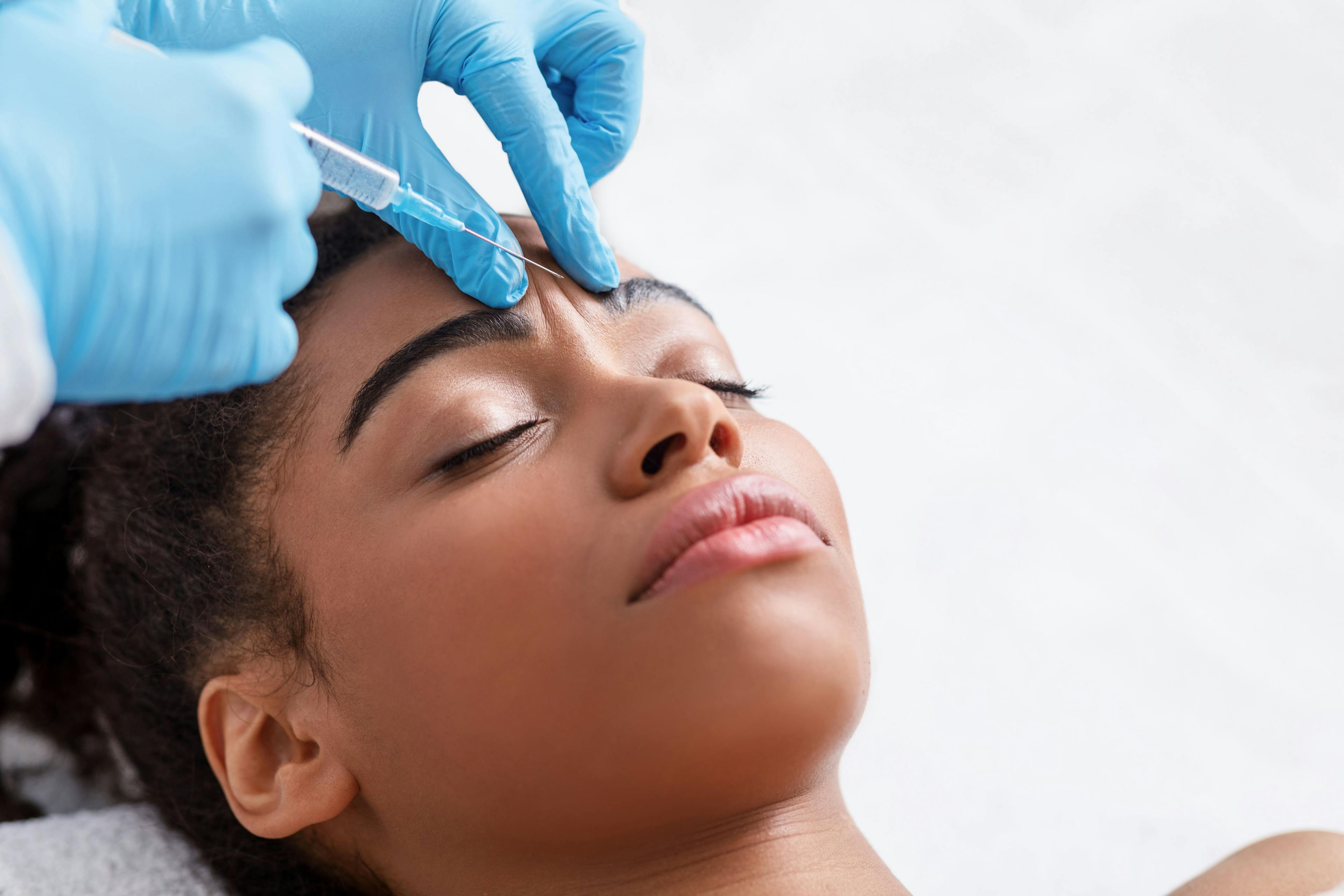- Acne
- Actinic Keratosis
- Aesthetics
- Alopecia
- Atopic Dermatitis
- Buy-and-Bill
- COVID-19
- Case-Based Roundtable
- Chronic Hand Eczema
- Chronic Spontaneous Urticaria
- Drug Watch
- Eczema
- General Dermatology
- Hidradenitis Suppurativa
- Melasma
- NP and PA
- Pediatric Dermatology
- Pigmentary Disorders
- Practice Management
- Precision Medicine and Biologics
- Prurigo Nodularis
- Psoriasis
- Psoriatic Arthritis
- Rare Disease
- Rosacea
- Skin Cancer
- Vitiligo
- Wound Care
News
Article
Dermatology Times
Journal Digest: July 17
Author(s):
This week’s collection of the latest dermatologic studies includes drug-induced epidermal necrolysis in pediatric patients, predicting relapse in chronic spontaneous urticaria, fatigue in patients with psoriasis and psoriatic arthritis, and the role of eosinophils in hidradenitis suppurativa.

Pediatric Dermatology: Characterizing Drug-Induced Epidermal Necrolysis in a Pediatric Cohort
Brown et al’s study on drug-induced epidermal necrolysis (DEN) in pediatric patients analyzed 105 cases, identifying 16 confirmed instances caused mainly by anti-epileptic drugs (AED) and antibiotics. Lamotrigine, oxcarbazepine, and trimethoprim/sulfamethoxazole were the most common triggers. Patients, with a median age of 13 years, often presented with viral-like prodrome and rashes. Dose escalations of AEDs were noted, though their impact on DEN onset remains controversial according to the study authors. Long-term complications included ocular and skin issues, with psychological effects reported. The study authors emphasized careful monitoring of pediatric patients on AEDs or antibiotics and the need for further research into DEN’s psychological impact.1
Allergy: Predicting Relapse in Chronic Spontaneous Urticaria: A Retrospective Cohort Study Evaluating Omalizumab Withdrawal Regimens
Kucharczyk et al’s retrospective study assessed the long-term remission and relapse predictors in patients with chronic spontaneous urticaria (CSU) treated with omalizumab. Among 139 patients, 94% responded to treatment, with 30% achieving long-term remission after the first 24-week cycle. Key factors influencing relapse included higher Urticaria Activity Scores, longer time to treatment, and previous relapses, whereas Hashimoto's disease reduced relapse risk by 50%. Most relapses occurred within 6 weeks after treatment. The study author’s findings suggest that monitoring these factors can guide omalizumab withdrawal regimens, yet more research is needed to identify additional predictors for CSU relapse and remission.2
Journal of the American Academy of Dermatology: Characteristics and Drivers of Fatigue in Patients With Psoriasis and Psoriatic Arthritis: A Cross Sectional Study
Nymand et al’s study investigated fatigue in psoriasis and psoriatic arthritis (PsA) using the Multidimensional Fatigue Inventory (MFI-20) within a large Danish cohort. The study found that patients with PsA experience higher levels of fatigue than those with psoriasis alone, particularly in general and physical fatigue, and reduced activity. Joint pain and itch were significant drivers of fatigue, while psoriasis severity had minimal impact. According to the study authors, their findings suggest that managing symptoms like joint pain and itch could alleviate fatigue, emphasizing the need for a symptom-based treatment approach for psoriasis and PsA, rather than focusing solely on disease severity.3
Experimental Dermatology: Eosinophils in Hidradenitis Suppurativa Patients Exhibit Pro-Inflammatory Traits, Implicating a Potential Pathogenic Role in the Disease
Renert-Yuval et al’s study explored the role of eosinophils in hidradenitis suppurativa (HS). The study authors found that HS patients exhibit a significant increase in immature eosinophils in blood and eosinophil infiltrates in skin lesions compared to controls. Using flow cytometry and immunohistochemistry, Renert-Yuval et al identified unique eosinophil phenotypes and higher inflammatory activity in HS eosinophils. Eosinophils in patients with HS showed enhanced pro-inflammatory mediator secretion and were linked to Th17-related inflammation. According to the study authors, their results suggest that "circulating HS eosinophils are more responsive to pro-inflammatory stimulations (using stimulators which are known to be increased in HS blood), and may drive additional immune cells and further expand disease activation and HS-related inflammation.”4
What new studies have you published? Share with us by emailing DTEditor@mmhgroup.com for an opportunity to be featured.
References
- Brown AB, Park AJ, Agim NG, Gordon KA. Characterizing drug-induced epidermal necrolysis in a pediatric cohort. Pediatr Dermatol. Published online July 9, 2024. doi:10.1111/pde.15693
- Kucharczyk A, Marczyk K, Kucharczyk B, et al. Predicting relapse in chronic spontaneous urticaria: A retrospective cohort study evaluating omalizumab withdrawal regimens. Allergy. Published online June 24, 2024. doi:10.1111/all.16194
- Nymand L, Kristensen LE, Thomsen SF, Thyssen JP, Egeberg A. Characteristics and drivers of fatigue in patients with psoriasis and psoriatic arthritis: A cross sectional study. J Am Acad Dermatol. 2024;91(1):57-63. doi:10.1016/j.jaad.2024.02.026
- Renert-Yuval Y, Gonzalez J, Garcet S, Williams SC, Moreno A, Krueger JG. Eosinophils in hidradenitis suppurativa patients exhibit pro-inflammatory traits, implicating a potential pathogenic role in the disease. Exp Dermatol. 2024;33(7):e15129. doi:10.1111/exd.15129

Newsletter
Like what you’re reading? Subscribe to Dermatology Times for weekly updates on therapies, innovations, and real-world practice tips.

























